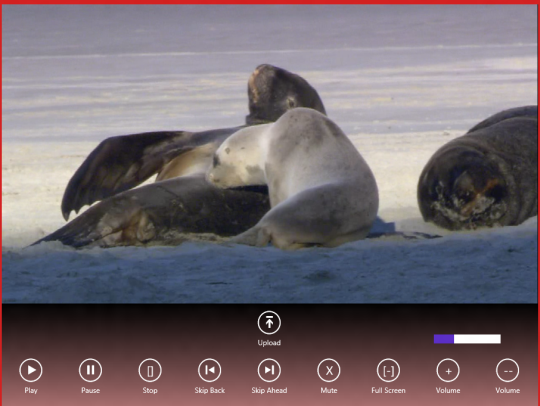Windows 8 vs. OS X Mountain Lion #Part3
Windows 8's Touch and Gesture Support

Both OS X Mountain Lion and Windows 8 have claimed greater multitouch and gesture support, but Windows 8 will actually support touch screens, whereas Lion doesn't let you use your screen as an input device, instead relying on touchpads that support multitouch and gestures. Windows 8 will go so far as
including a thumb-able on-screen keyboard for tablets without keyboards. Picture touch and swipe passwords is another very innovative use of the touch interface in Windows 8.
OS X's Touch Gesture Support

Mac OS X Lion took the OS's touch and gesture support on touchpads to the next level. For Lion, Apple claims that the touch experience is even more direct and natural, featuring rubber-band scrolling, page and image zoom, and full-screen swiping. You'll be able to call up Mission Control , tap to zoom, and use three-finger swiping to switch between full-screen apps. One touch change in Lion, however, is that the scrolling direction has reversed direction from what everybody is already used to. Many users (myself included) immediately switched this back to what they're used to in System Preferences.
Installation

Both operating systems have somewhat new twists on installation. Windows 8 will be available as installation software for existing desktops and laptops, but for tablets it will only be available preinstalled. One issue for Macs running an earlier OS version than Snow Leopard is that the only way to get the $19.99 Lion upgrade to Mountain Lion is through the Mac App Store, so users of versions prior to Snow Leopard will have to go through a separate upgrade process for that (bummer). Windows 8 upgrades will cost $14.99 for PCs bought between June 2 and January 31, and $39.99 for any Windows user--even XP--from its October 26 release until January 31st, 2013.
Switching Among Apps
Full Screen Apps

Processor Support
Windows 8 will run on ARM-based mobile processors as well as Intel and AMD x86 chips. While this may not make Intel too happy, it does fit with Microsoft's strategy of making Windows 8 suitable for both the most powerful desktop and the smallest tablet (not phone, though, yet). But legacy Desktop Windows apps won't run in the ARM version unless they're recompiled. Microsoft has built a Metro version of Office available for them, and Mozilla has announced a Metro version of Firefox. See #Part1 - #Part2
Source Article; By Michael Muchmore For PCMag
Share this article :




